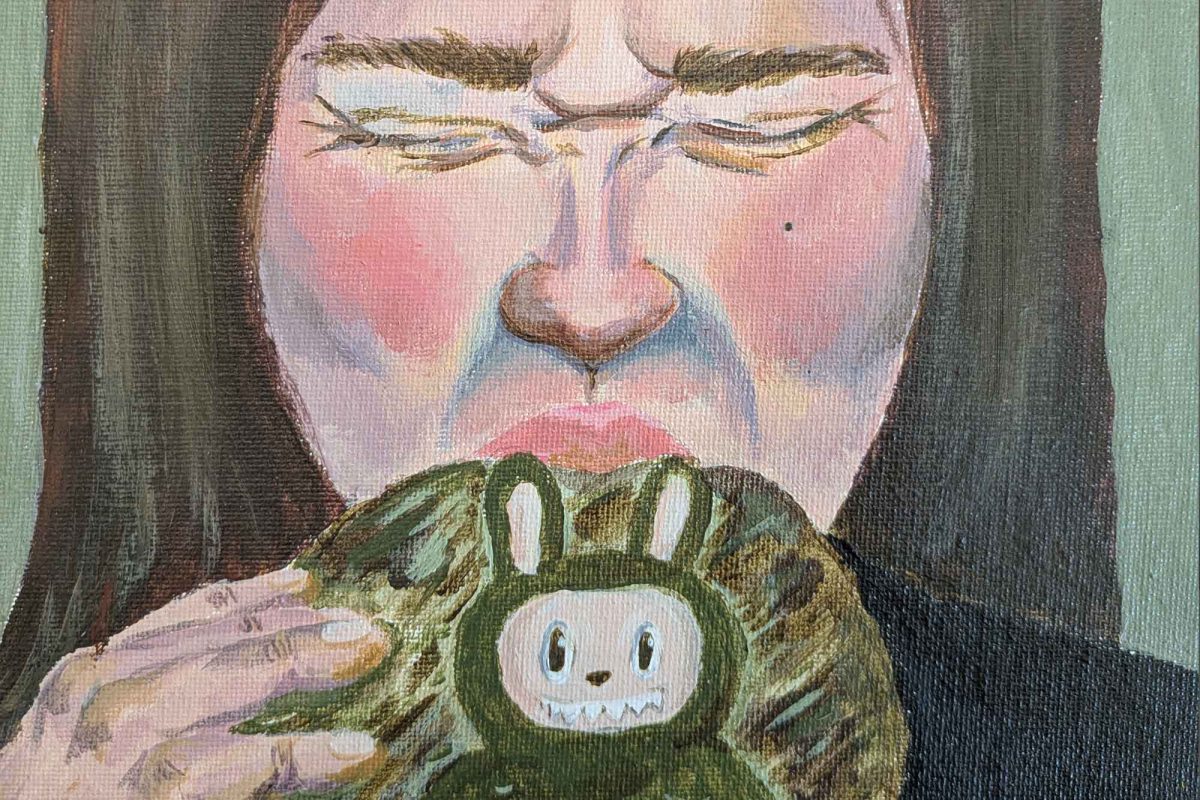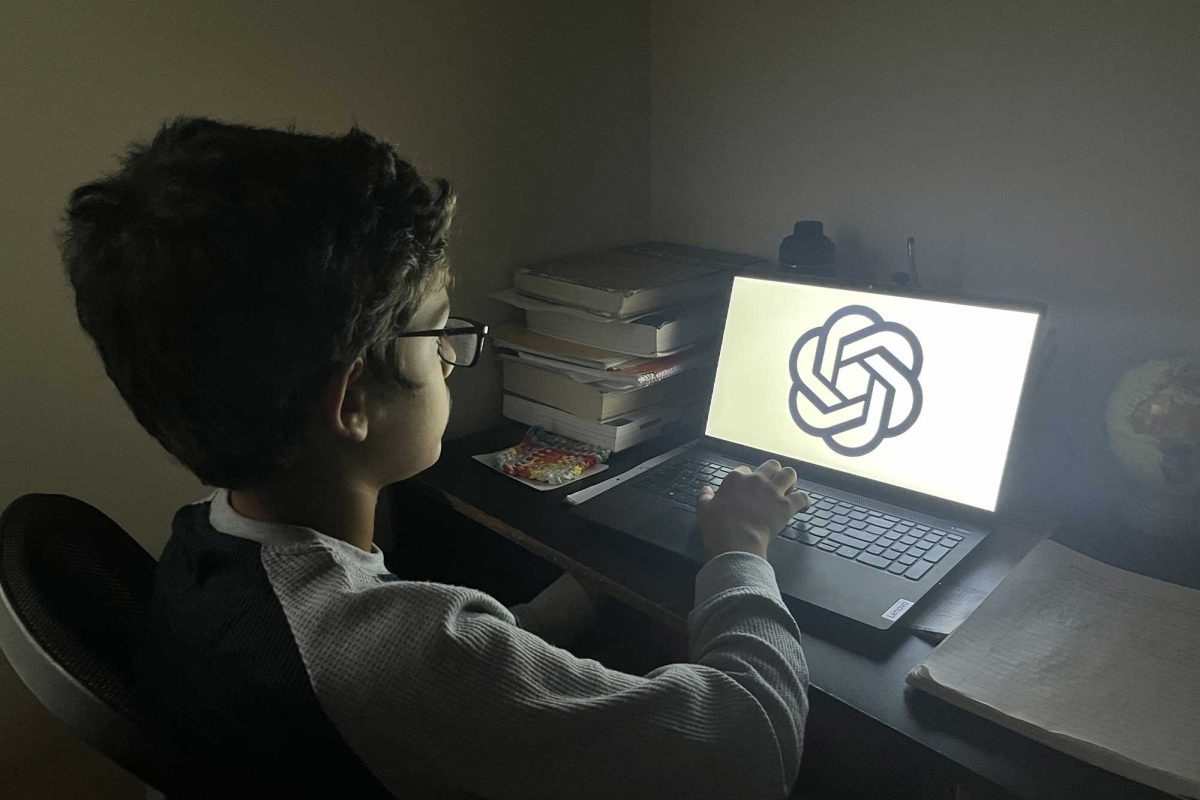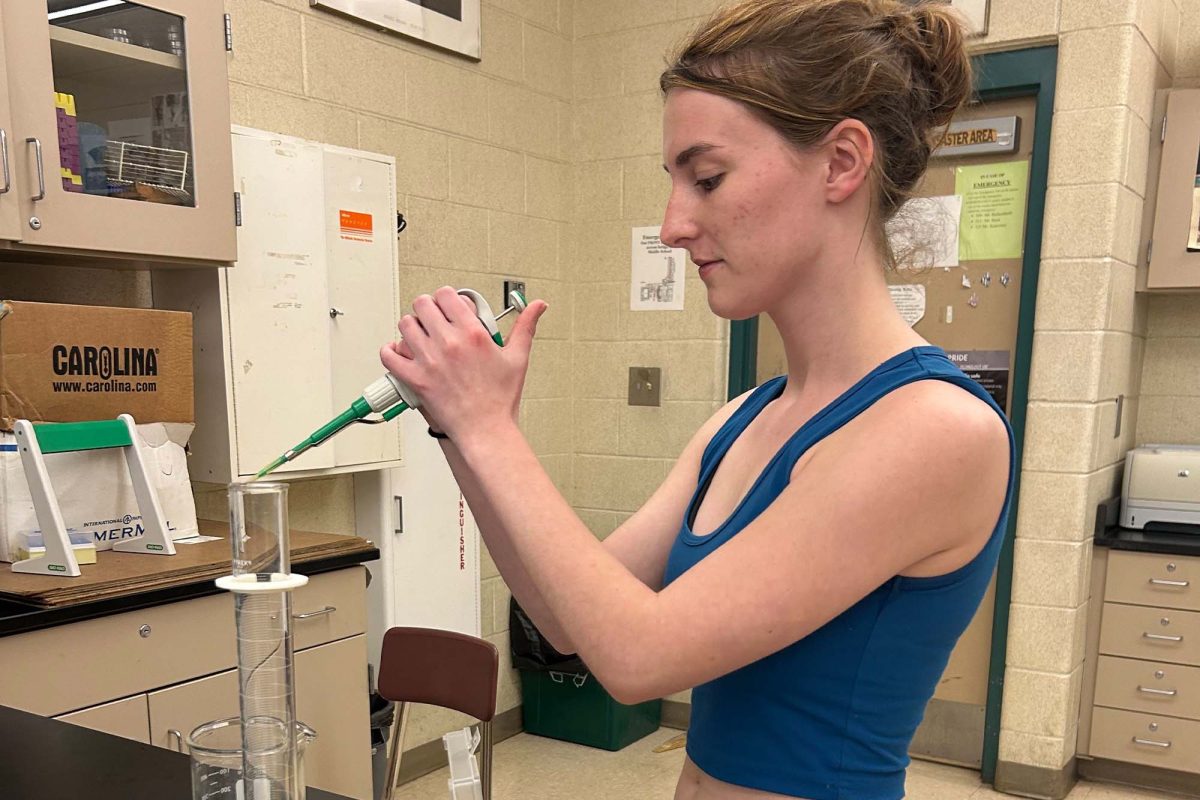With the boiling days of summer just weeks ahead of us, it seems a most common conversation topic is how to ‘get that tan up.’ If you can make it through a day without knowing what the UV is, I’m impressed!
From a scientific standpoint, what does it actually mean to tan, and why do humans often feel such an urge to do it?
In terms of why tanning occurs, as described by MedlinePlus, our skin enters a sort of “survival mode” when exposed to the sun. In order to protect itself from harmful UV rays, melanin is produced, adding darker pigment to the skin.
Despite the well-known harm of UV radiation from the sun, sunlight has many benefits for humans that contribute to the desire to spend time soaking it up.
As written by the National Library of Medicine, “The best-known benefit of sunlight is its ability to boost the body’s vitamin D supply; most cases of vitamin D deficiency are due to lack of outdoor sun exposure.”
Vitamin D helps to build healthy bones and strengthen immune health. These feel-good benefits are a large part of the reason why humans are driven to spend time under the sun, and get satisfaction from the feeling of it.
“I just like feeling the sun on me, it feels so good,” freshman Scarlett Schmidt said. “Lying on the beach is just so nice.”
This being said, much of the tanning that happens today is achieved artificially, through at-home self-tan or tanning beds, bringing us to the aesthetic side of things. Bronzed, glowing skin is an increasingly popular beauty standard in the United States, specifically for women. Psychologically, what is the reason for this?
New York dermatologist and Mohs surgeon Deborah S. Sarnoff, MD, president of The Skin Cancer Foundation, stated in 2023, “In the U.S. and other Western countries, people still think a tan is the epitome of health and beauty. But in other parts of the world, it’s the complete opposite.”
A tan’s representation of wealth and health is something that has skyrocketed tanning culture in the US. People feel that with pale skin, they could represent sickness and sadness, rather than the glow and joy that comes from spending time in the sun.
“I mostly like to do it because I don’t like being pale,” Schmidt said.
We’ve all heard that classic phrase time and time again: “Look good, feel good.” This is yet another reason why tanning takes hold like clockwork when May rolls around. Looking good and feeling good in the summer months is a priority for many, and tanning has become a crucial part of that.
Dr. Jay Yoo shared at the annual Family and Consumer Sciences Conference of Texas his findings on body-tanning attitudes and behaviors.
“What we’ve learned is that for some individuals, a significant motivation can be that tanning is a pleasurable and social activity,” Yoo said.
With the end-of-year stress of wrapping up school and finals, tanning can simply serve as a way to unwind or hang out with friends. The implications of tanning culture in our society are wide-reaching and varied, yet understanding the fundamental motivation behind it is just as important.
“I love it because it’s relaxing,” freshman Olivia Martinak said. “And then afterwards you also get to look tan.”
























